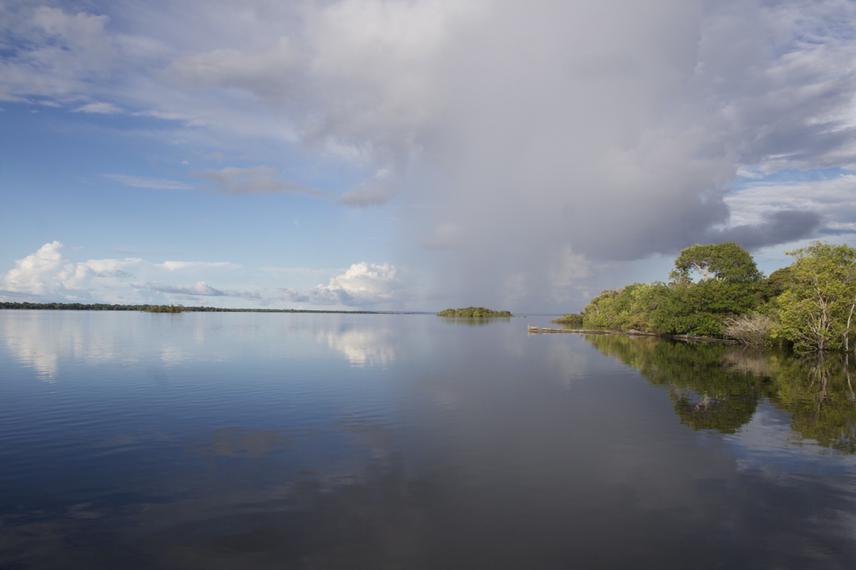Anders Goncalves Da Silva
Other projects
31 Jan 2008
Conservation and Landscape Genetics of Lowland Tapir (Tapirus Terrestris) in a Periodically Flooded Amazonian Forest, Brazil
This project focuses on acquiring basic genetic information on six mammalian species populations (jaguar, puma, ocelot, lowland tapir, and white-lipped and collared peccaries) in the Pontal do Paranapanema Region.

The project Conservation Genetics of Large Mammals in the Brazilian Atlantic Forest/Brazil is focused on acquiring basic genetic information on six mammalian species populations (jaguar, puma, ocelot, lowland tapir, and white-lipped and collared peccaries) in the Pontal do Paranapanema Region. This information will be employed to infer pathways used by the animals to move around in the landscape, and finally pinpoint crucial areas for conservation. The Pontal do Paranapanema (located at the western tip of the State of São Paulo) was once fully covered by forest (the Atlantic Forest of the Interior, a unique habitat comprised of semi-deciduous forest, and home to some unique species, such as the Black Lion Tamarin). In a process starting in the 1950's that took roughly 2 decades, the entire region was transformed into a patch work of pasture and sugar-cane plantations. The little of the original cover that is left over is concentrated in the Morro do Diabo State Park, and in 12 other larger forest fragments across the Region.
Currently, a major effort is being undertaken by the Instituto para Pesquisas Ecolãs (Institute for Ecological Research, IPÊ- www.ipe.org.br) to implement actions for the conservation and recuperation of the original habitat in conjunction with the local population. This project fits into the program by pinpointing the natural corridors used by the animals so as to maximize the effect of the conservation efforts by concentrating them on where it really matters. Furthermore, the data collected here will give us an idea of the amount and distribution of genetic diversity in the landscape. Which, in turn, will assist in the long term management of these populations, for it will allow us to manage the most basic level of biodiversity: genetic diversity.